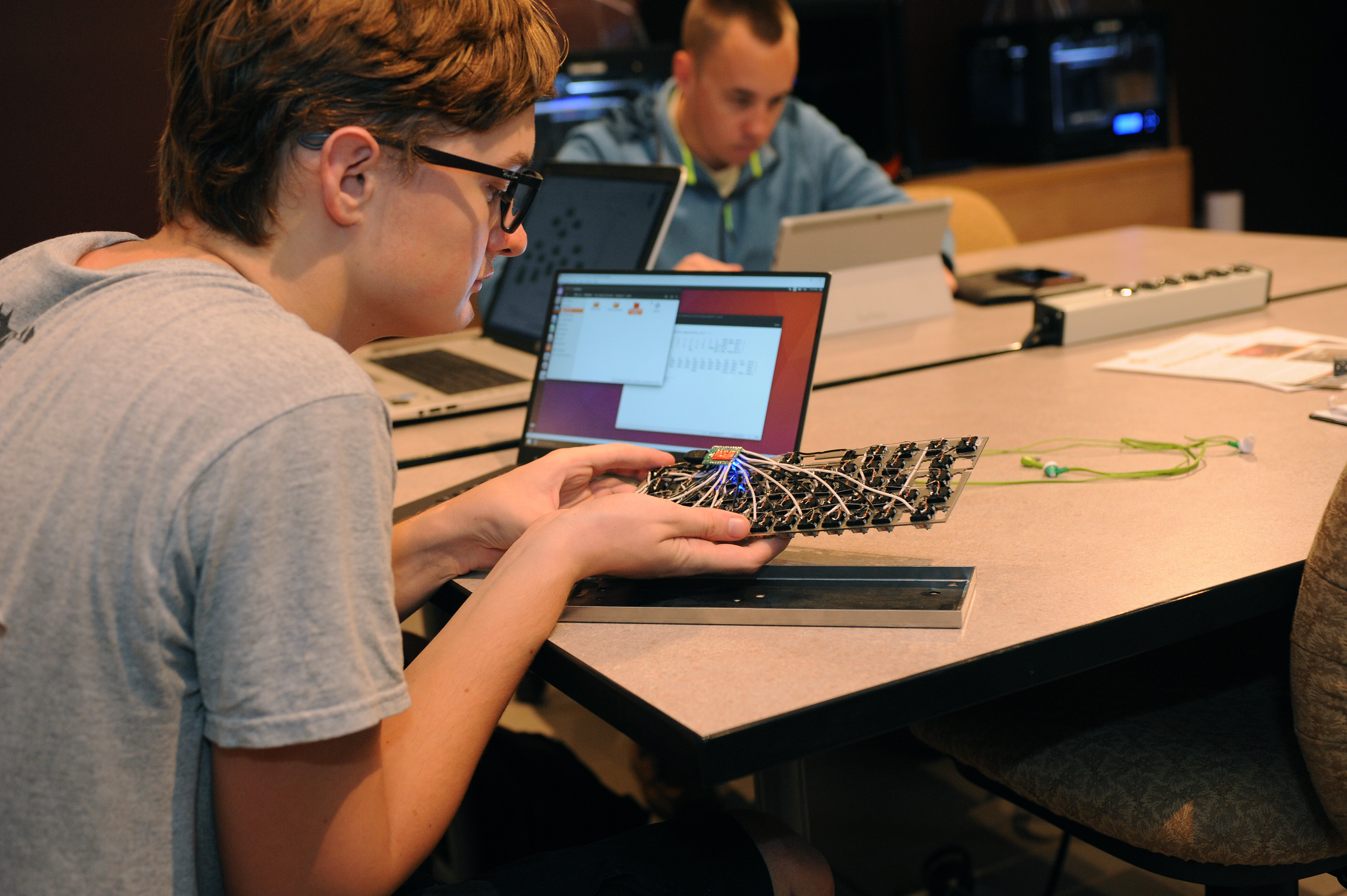Document Type
Conference Proceeding
Publication Title
Proceedings of SPIE - the International Society for Optical Engineering
Abstract
The ecosystem is used as an evolutionary paradigm of natural laws for the distributed information retrieval via mobile agents to allow the computational load to be added to server nodes of wireless networks, while reducing the traffic on communication links. Based on the Food Web model, a set of computational rules of natural balance form the outer stage to control the evolution of mobile agents providing multimedia services with a wireless Internet protocol (WIP). The evolutionary model shows how mobile agents should behave with the WIP, in particular, how mobile agents can cooperate, compete and learn from each other, based on an underlying competition for radio network resources to establish the wireless connections to support the quality of service (QoS) of user requests. Mobile agents are also allowed to clone themselves, propagate and communicate with other agents. A two-layer model is proposed for agent evolution: the outer layer is based on the law of natural balancing, the inner layer is based on a discrete version of a Kohonen self-organizing feature map (SOFM) to distribute network resources to meet QoS requirements. The former is embedded in the higher OSI layers of the WIP, while the latter is used in the resource management procedures of Layers 2 and 3 of the protocol. Algorithms for the distributed computation of mobile agent evolutionary behavior are developed by adding a "learning" state to the agent evolution state diagram. When an agent is in an indeterminate state, it can communicate to other agents. Computing methods can be replicated from other agents. Then the agent transitions to the "mutating" state to wait for a new information-retrieval goal. When a wireless terminal or station lacks a network resource, an agent in the "suspending" state can change its policy to submit to the environment before it transitions to the searching state. The agents "learn" the facts of agent state information entered into an external database. In the cloning process, two agents on a host station sharing a common goal can be merged or "married" to compose a new agent. Application of the two-layer set of algorithms for mobile agent evolution, performed in a distributed processing environment, is made to the QoS management functions of the IP multimedia (IM) subnetwork of the third-generation (3G) Wideband Code-division Multiple Access (W-CDMA) wireless network.
First Page
62
Last Page
76
DOI
10.1117/12.421185
Publication Date
3-21-2001
Recommended Citation
Hortos, W. S. (2001). Hybrid evolutionary computing model for mobile agents of wireless internet multimedia. Paper presented at the Proceedings of SPIE - the International Society for Optical Engineering, , 4390 62-76.


